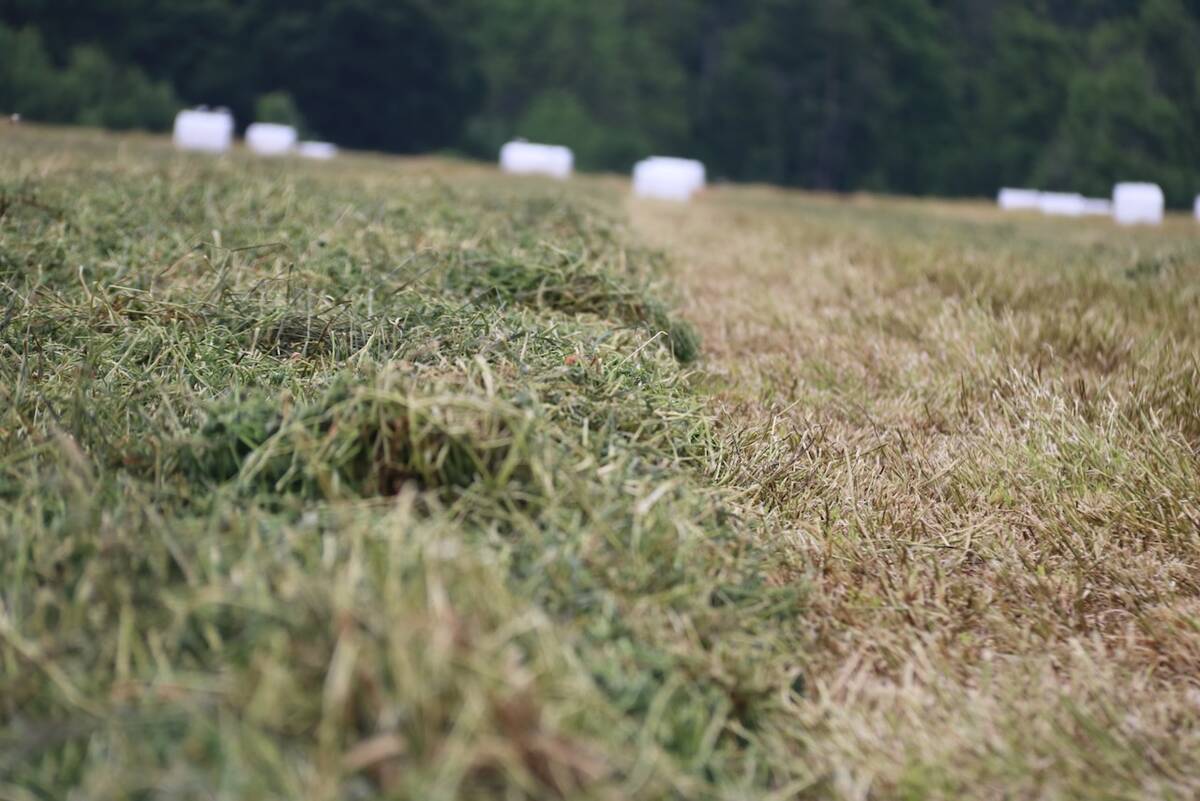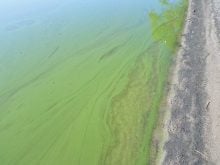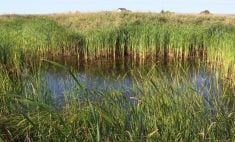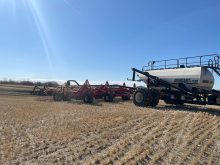For many farmers in the Prairies, fall nutrient applications are a key aspect of fertility management. Banding anhydrous ammonia is widely viewed as an effective technique for adding nitrogen in the fall, and it generally works best on soils that are well drained and are more dry than wet. But what if the soil is too dry?
John Heard, a soil fertility extension specialist with Manitoba Agriculture, says there’s no question a parched field can make fall banding more difficult.
“It’s very hard to get injection into dry soil. A lot of horsepower (is required). It’s hard on equipment, and also may be hard to get good sealing of those trenches if using anhydrous ammonia,” he says. “Those are all challenges to a good in-soil banded fertility program in excessively dry conditions.”
Read Also

New high-performance forage training program to launch in 2026
A new Canadian Forage and Grasslands Asssociation high-performance forage program will be a resource for farmers, agronomists and others in the forage sector.
Heard maintains it’s an even greater challenge with heavy clay soils, since it can be difficult to get clods down to a size where they will provide sufficient tilth.
“If the clods are big, the air voids are big, and if the air voids are big, then there’s more access for anhydrous ammonia particularly to escape to the surface,” he says. “It’s simple physics … you can pack marbles tighter than you can pack billiard balls.”
Farmers Edge agronomist Thom Weir says in instances like this, farmers should think carefully about applying anhydrous ammonia in the fall. He believes if a clay soil is too dry, “you basically don’t put ammonia down because you get a lot of losses (with) that application.
“If the soil flow isn’t good behind the applicator, it basically leaves a cut in the ground and it just gases off out of there,” Weir adds.
As Heard points out, there are different ways farmers work around the challenges with banding anhydrous ammonia into really dry soil.
“Sometimes, if it’s part of their production system, they’ll do some tillage in advance to break up the clods and then they will put their fertilizer on,” he says.
Another tactic is to place the nutrient band deeper so there’s more soil above it to capture and hold the nitrogen in place. And there are some farmers who will try to wait for rain to soften the soil a little before going in with the applicator.
“It doesn’t take much, but they’ll get some surface moisture to kind of mellow the soil out to where they can get good soil tilth,” says Heard.
“Farmers are aware of these strategies. Ideally, you’re not going to employ them, but it gives us some options when it comes to banding in the fall.”
An earlier start
The flip side of dry soils is they may provide farmers with an opportunity to get an early start on their fall applications of anhydrous ammonia if they wish.
Weir notes one effect of drought is a reduction in biological activities in the soil that can cause fertilizer denitrification and leaching. Weir says because of this, banding can conceivably begin sooner than is usually recommended — as long as there’s no rain in the forecast, that is. The danger is if rain falls before the soil temperature drops below 10 C, the nitrogen could be converted into other forms and lost.
Weir says studies have shown an early ammonia application on well-drained soils after the middle of September can produce the same yields as those from late fall and spring applications.
The soil microorganisms that convert ammonia to nitrate need moisture, he says, so if a farmer has confidence it’s going to remain dry all fall, “you could band your fertilizer September 1 and get very, very little conversions and risk of losses.”
















